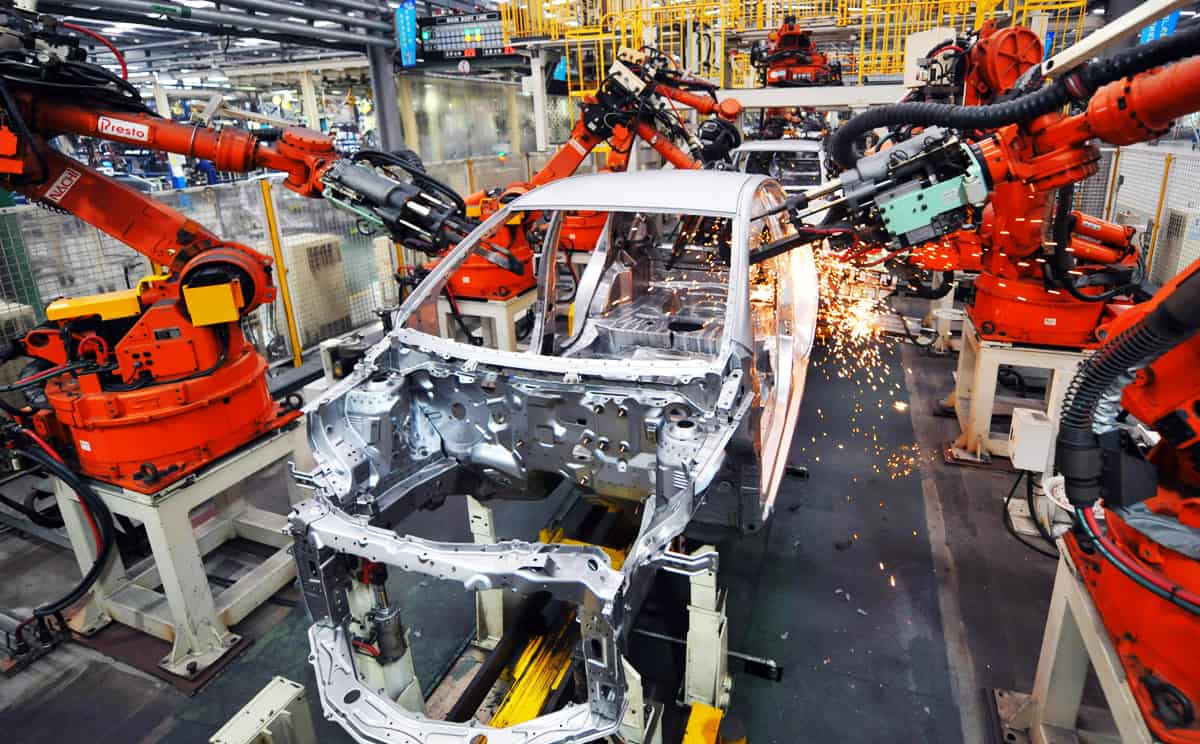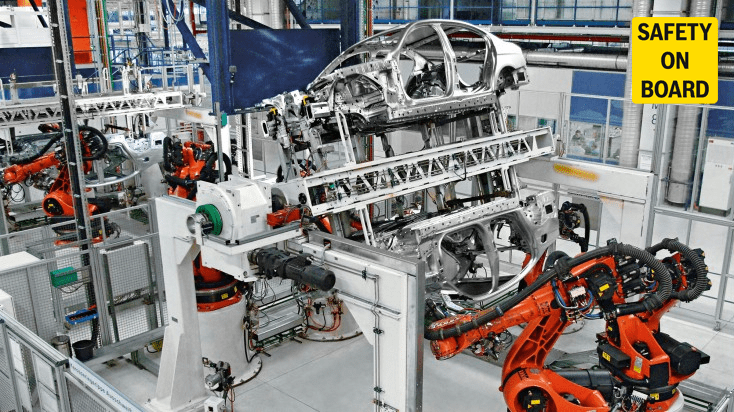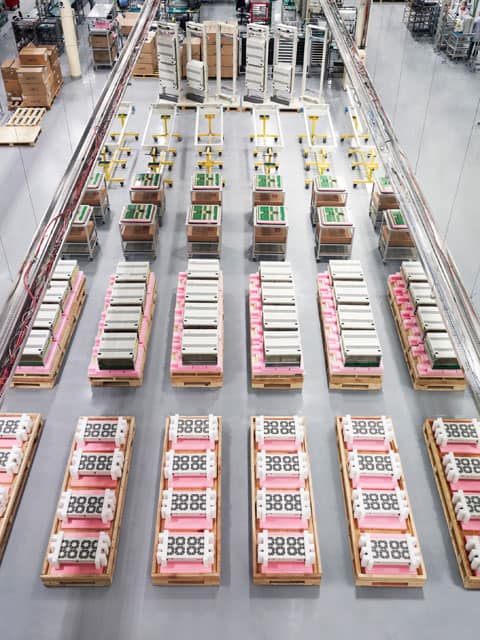Once designed to manage a single production line, some systems are now being used to oversee multiple factories.
California-based 42Q, a spin-out from electronics manufacturer Sanmina, recently announced it has launched what it claims is the first fully cloud-based MES system. The system does not require the purchase of new software or server hardware, according to 42Q. Instead, companies can simply log-in and configure the system to begin operating.

Meanwhile German communication and automation systems specialist Hilscher recently announced it has formed a partnership with SAP to provide access to shop floor sensor and actuator data via its netIOT Edge Gateway on SAP’s HANA Cloud platform and Asset Intelligence Network.
This is a cloud-based hub designed to allow operators to access up-to-date maintenance strategies, manuals, and other equipment-related information from manufacturers. At the same time, manufacturers can automatically receive machine usage and failure data from operators.
Conventional MES systems have long been used to keep track of real-time information from the shop floor, including data from both equipment and staff. They are typically used for everything from tracking inventory to monitoring quality control.
"Historically, MES systems have been controlled by the operations people, while business systems were run by the IT department, and there has always been a problem with the interface."Andrew Hughes, LNS Research
But by moving MES into the cloud, the different elements of a manufacturing business can be more easily connected, according to Andrew Hughes, principal analyst at LNS Research.
“Historically, MES systems have been part of the factory, controlled by the operations people, while the (business) systems were run by the IT department,” said Hughes. “And there has always been a problem with the interface between the business systems and the plant systems.”
Cloud-based MES can offer executives instant access to data and analytics from the shop floor, giving them a greater understanding of what is happening on the production line, and where improvements are needed.
One of the key differences between traditional MES and cloud-based systems is that companies will no longer be buying an asset, including all the hardware, software, licences, and responsibility for ongoing maintenance that asset entails. Instead, companies will be buying a service, according to Lina Huertas, technology manager for intelligent automation and informatics at the Manufacturing Technology Centre.

“You buy the functionality, so you won’t normally have to have anything to do with maintenance, or updates, that will all happen in the background,” she said. “What you pay for is functionality by time, or in some cases you pay for different levels of functionality.”
For some companies this can mean their expenditure is reduced, as they will no longer need to make a large one-off capital investment, but instead will simply pay for the service as they use it, Huertas said. “It may be also that you can access the functionality for just a few months, for example, if you just want to try it or need it for a short project, and that makes a big difference in terms of investment.”
In this way, the use of the cloud should open up access to MES systems to companies that might not previously have been able to afford them.
The cloud could also make it easier for different technologies to be mixed and matched and integrated together, in the same way that an ecosystem of apps formed around smart phones and tablets, said Huertas.
“If they develop in the right way, in an open way so that they can be easily connected to other systems, then they have the potential to start forming ecosystems,” she said.
But if manufacturers are to begin adopting cloud-based MES, there are a few issues that will need to be addressed. Firstly, companies will need to overcome their fear of putting shop floor data on to the cloud, according to LNS Research’s Hughes.
“In IT departments, cloud computing has become the norm, because they have seen the obvious cost benefits and greater flexibility it brings, but when operations people see the word “cloud” they worry about security,” he said.

However, the considerable efforts the major cloud computing suppliers have put into security in recent years means most are far better protected than many production plants are today, said Hughes.
In particular, factories tend to dislike software upgrades in general, with many running on outdated and unsupported versions of Windows, for example, simply to avoid changing their systems, he said.
This means the only way many companies can protect themselves is to keep their factories off the internet altogether, with closed firewalls between them and the outside world. But that will not work in today’s data-driven world, said Hughes.
Of greater concern is the issue of connectivity, he said. That is because putting your MES system into the cloud means the reliability of your internet connection becomes paramount. If the connection between the plant and the cloud is lost, the plant may simply shut down, unless suitable contingency plans are in place.
Finally, the speed of the connection between the shop floor and the cloud-based MES is also extremely important, and in particular how responsive the system is to changes on the production line, said Hughes.
“If you have a problem with a piece of equipment and cannot make a work order, you might have to re-route (staff and equipment) to make a different product, and that would mean rescheduling manually at the MES layer,” he said. “So is the system responsive enough to do that?”
But MES suppliers are already identifying ways to address some of these challenges. So, for example, 42Q delivers a triple redundancy Ethernet connection to their customer’s factories, and installs two separate internet connections to the cloud, alongside a backup wireless link, said Hughes.
“Cloud-based MES is going to get bigger, and people are going to get over their worries, when they see the benefits of not having to manage their own infrastructure and software release programme,” he said.

Project to investigate hybrid approach to titanium manufacturing
What is this a hybrid of? Superplastic forming tends to be performed slowly as otherwise the behaviour is the hot creep that typifies hot...